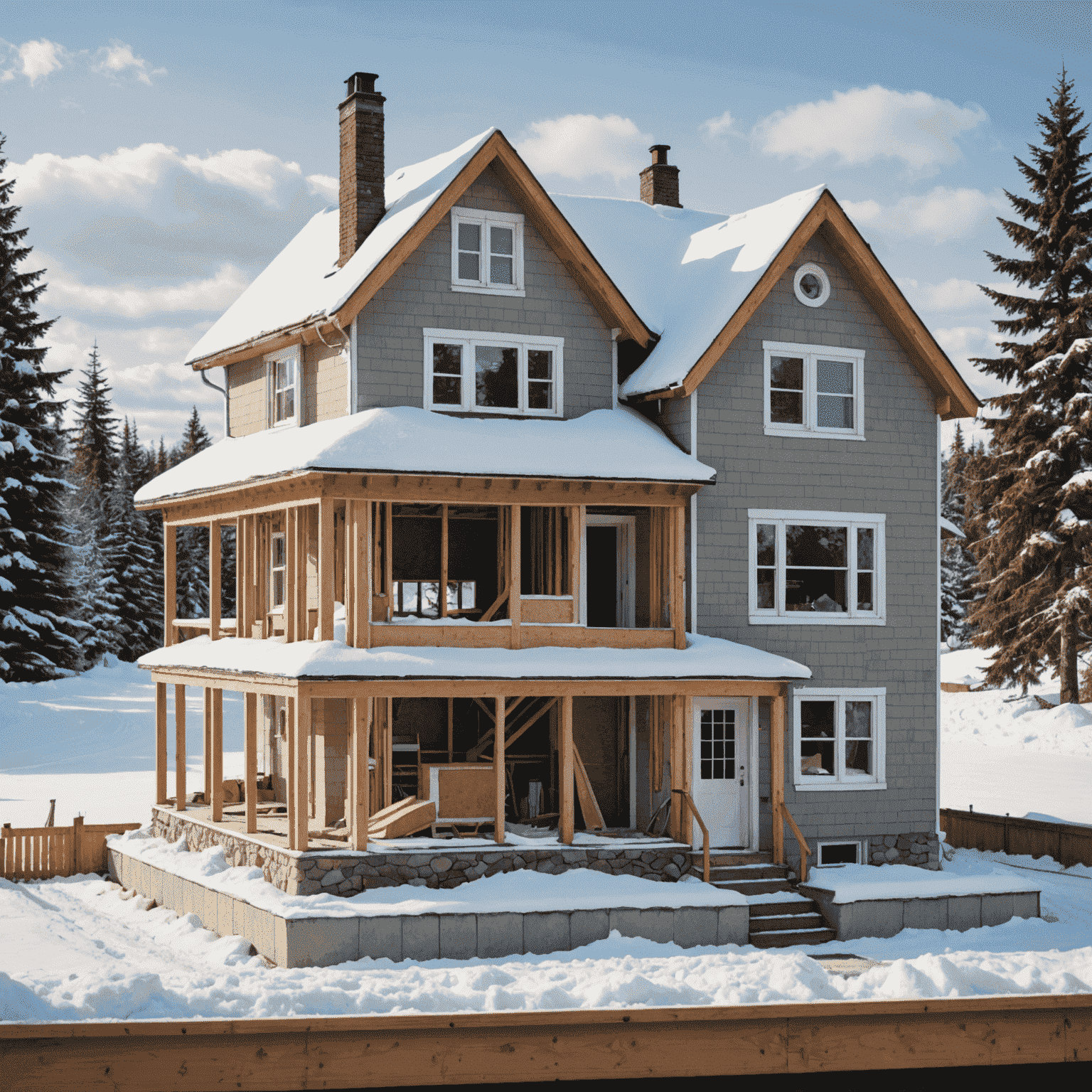Insulation Tips for Canadian Winters

Canadian winters can be harsh, with temperatures plummeting well below freezingzing. Proper insulation is key to maintaining a warm, energy-efficient home while keeping those utility bills in check. Here are some expert tips to improve your home's insulation and reduce heating costs during the cold months.
1. Assess Your Current Insulation
Before making any changes, evaluate your home's existing insulation. Check the attic, walls, and basement for any gaps or areas where insulation may be lacking. A professional energy audit can provide a comprehensive assessment of your home's insulation needs.
2. Focus on the Attic
Heat rises, making your attic a critical area for insulation. Aim for an R-value of R-50 to R-60 in your attic. Consider blown-in cellulose or fiberglass batt insulation for optimal coverage and energy efficiency.
3. Don't Forget the Walls
For existing homes, consider blown-in insulation for walls. This can be done without major renovations and significantly improves your home's thermal envelope. For new constructions or major renovations, spray foam insulation provides excellent air sealing and insulation properties.
4. Insulate the Basement
An often-overlooked area, basements can account for significant heat loss. Insulate basement walls and headers to prevent cold air infiltration and reduce energy costs.
5. Seal Air Leaks
Proper air sealing complements insulation efforts. Use caulk and weatherstripping around windows, doors, and any openings where pipes or wires enter the home. This prevents drafts and improves overall energy efficiency.
6. Upgrade Windows and Doors
Consider replacing old windows with energy-efficient, double or triple-pane models. For doors, ensure they are properly weatherstripped and consider adding storm doors for an extra layer of insulation.
7. Don't Overlook Small Details
Install foam gaskets behind outlet covers and switch plates on exterior walls. Use draft stoppers at the bottom of doors and insulating curtains on windows to further reduce heat loss.
Conclusion
Implementing these insulation tips can significantly improve your home's energy efficiency, keeping you warm during harsh Canadian winters while reducing your heating costs. Remember, a well-insulated home is not only more comfortable but also more environmentally friendly, helping you reduce your carbon footprint while saving on utility bills.